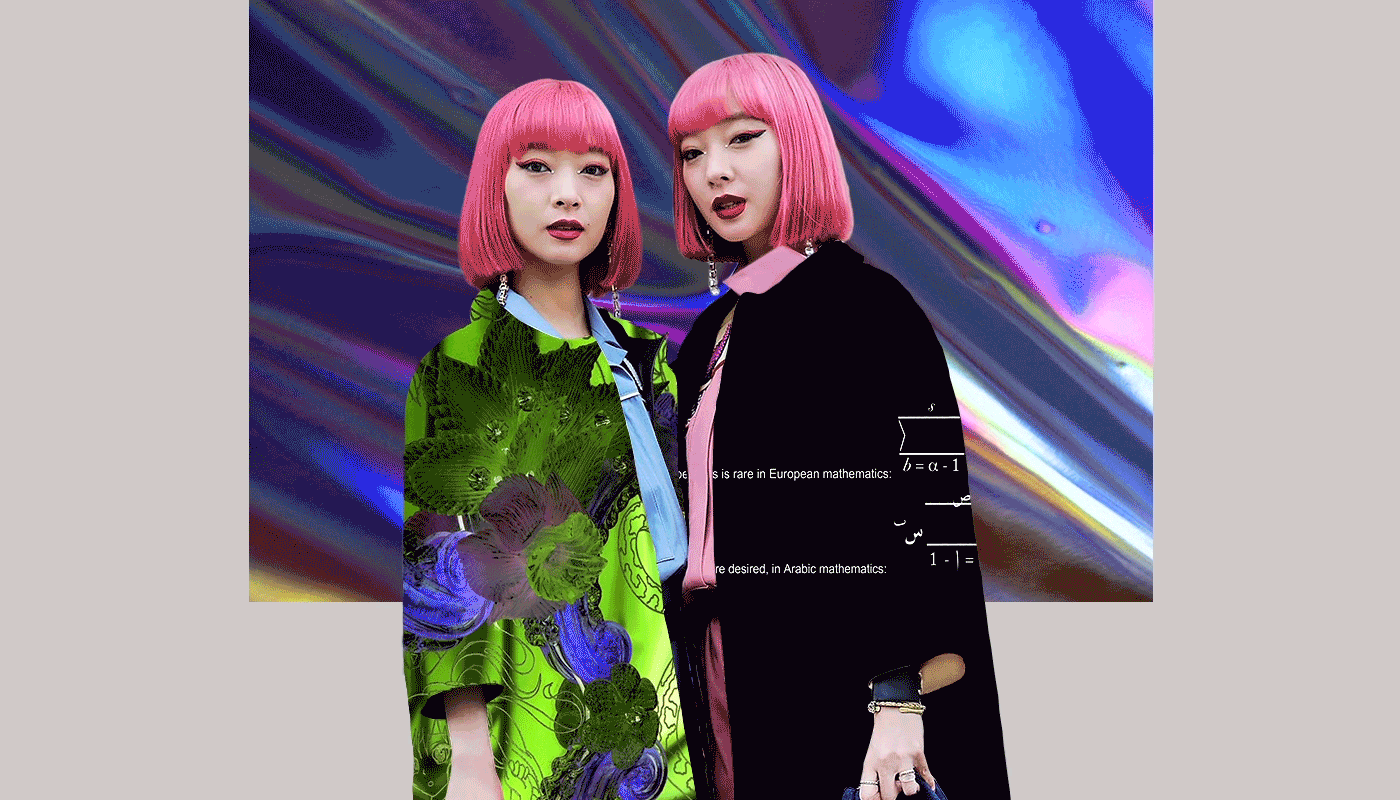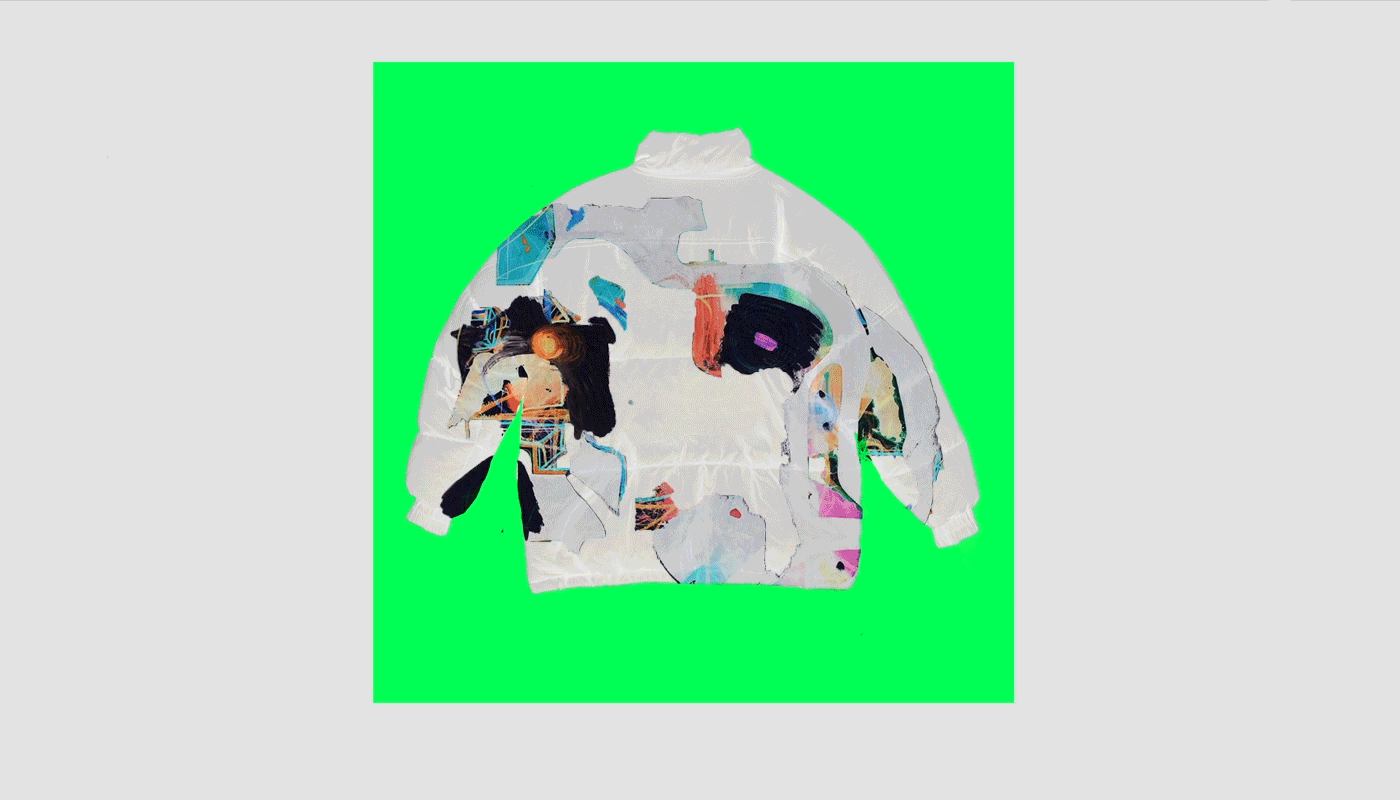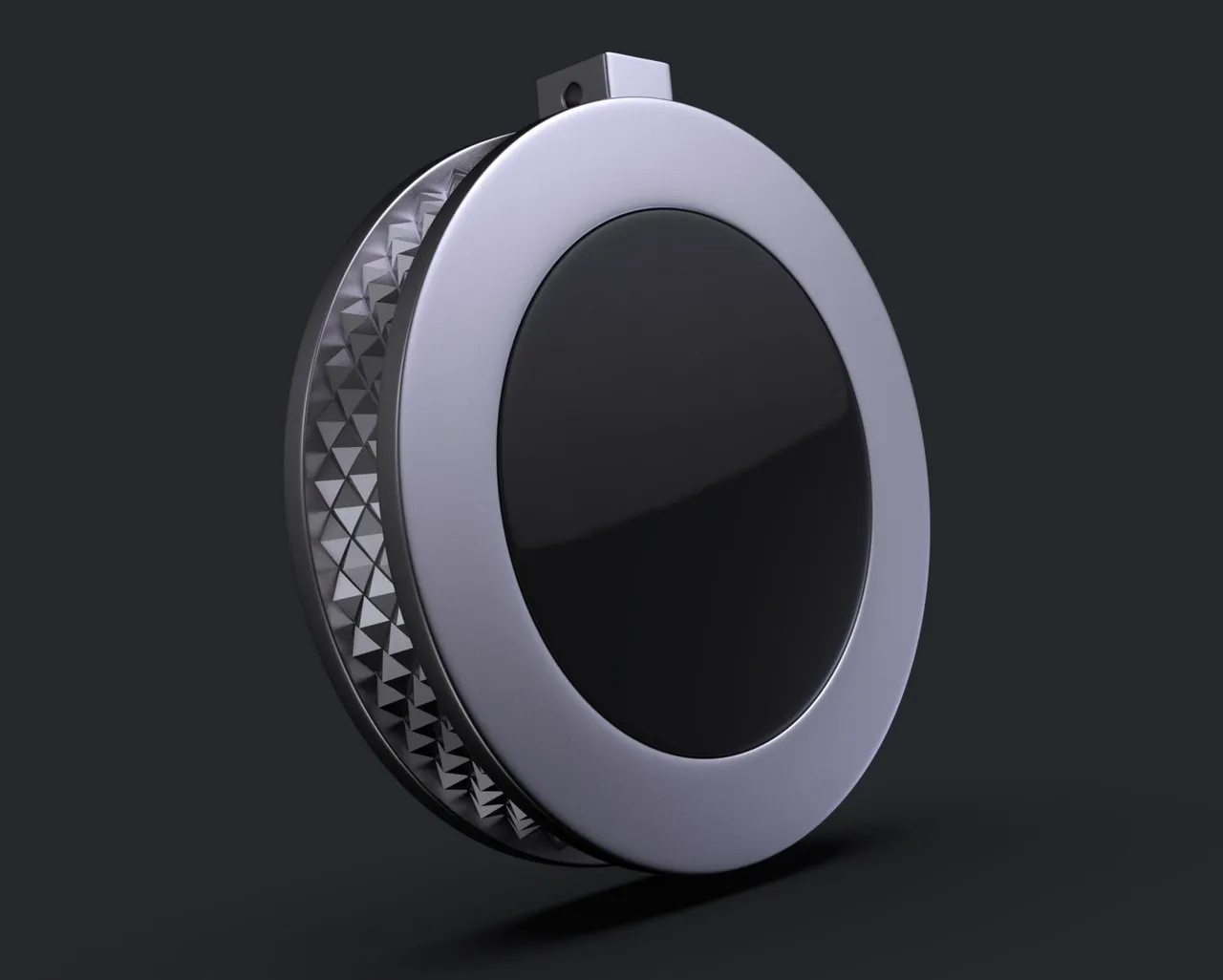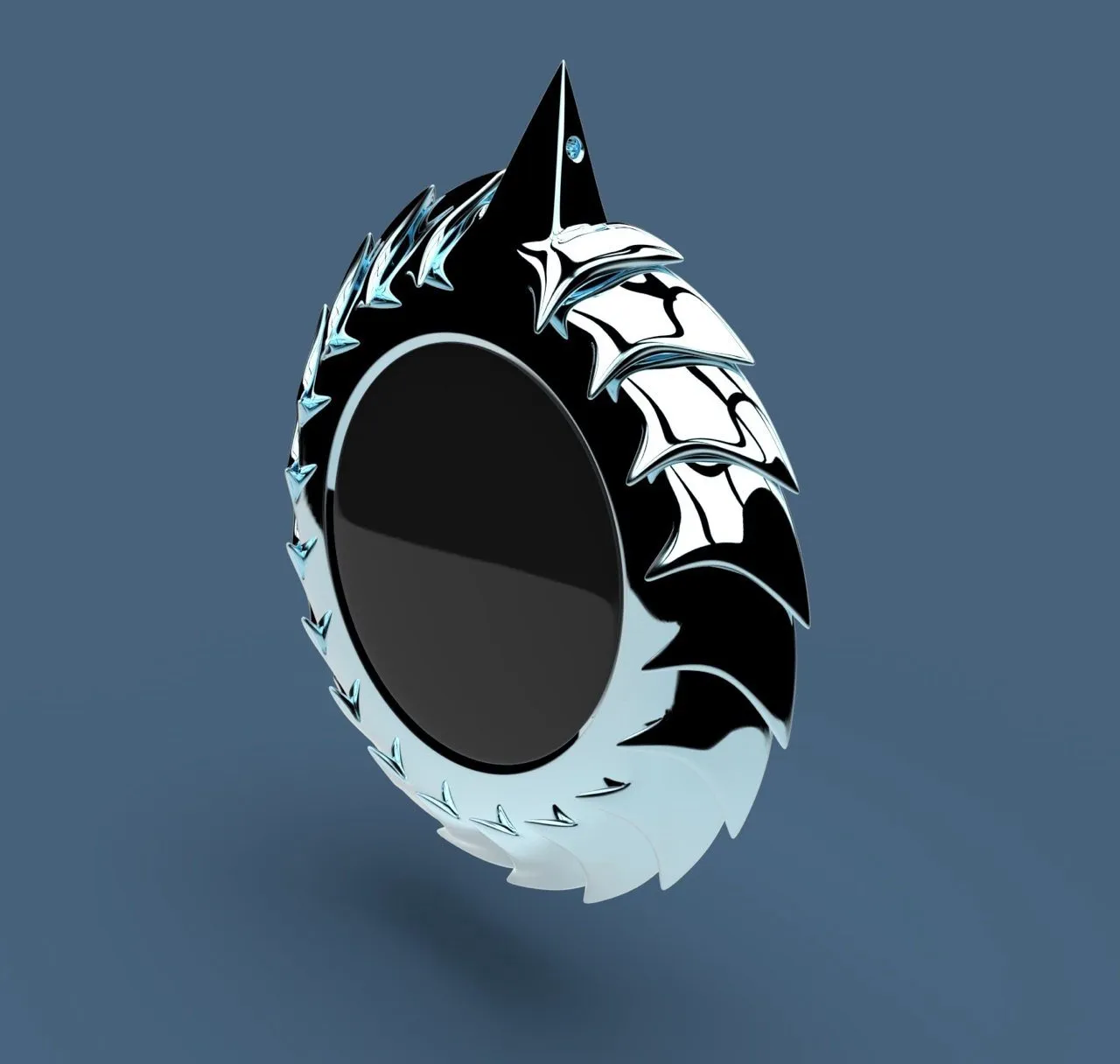Fashion Tech is on the rise with clothing, shoes and accessories with built-on displays being increasingly used. There is still a pack of problems that keeps the market potential untapped, first of all, high entry barriers for talented artists and designers, lack of trust and the absence of a global marketplace. That’s where POSH steps in to provide a blockchain platform to tackle all these issues and bring value to the digital fashion art.

WHY PHYGITAL FASHION
Wearable electronics embedded in clothing or whatever a man can wear enable it to change images, color or messages at consumers’ choice. Just imagine a news ticker on a T-shirt saying alternately “Hi”, “How ya been?” or “Would like a cup of coffee?” or a cocktail dress that switches from blue to red in seconds.
Fashion tech is a rare mix of highly positive features which contribute to its growing popularity among consumers across clothing, shoes and accessories markets.
That’s attractive. Images on a built-in display or a suit with changing signs immediately capture attention making the owner of an accessory or shoes visible and noticeable.

It brings utility, allowing a person to get a role he wants to play at the moment by offering a range of possibilities for choosing an image — from providing the serious black color of a jacket for negotiations to the white color of the same jacket for a discotheque.
That saves a great amount of time, after all, letting one avoid the necessity for a change.
It’s comfortable as the use of high tech innovations doesn’t require a lot of skills or going through any inconveniences.
Finally, it significantly contributes to ecology at a very large scale. Wearing the same clothing or medallion on different occasions severely reduces the size of a consumer’s wardrobe and, consequently, consumption of materials, natural resources and the energy to manufacture all it into end products.
Given all these features the fashion tech products are predicted to show a confident increase in popularity over a long term. A research by SOKOLOV Jewelry, a global jewelry brand, reveals that 62.9% of persons polled have ever heard of clothing or accessories with built-in displays. 94.7% of them said they were ready to purchase an accessory with digital content changeable through their smartphones.

WHAT IS THE PROBLEM TODAY
That’s the bright side of the market. The dark side contains a lot of barriers curbing the development of the industry and drastically reducing the number of people and money involved. These barriers reflect the flaws of the current technological and legal infrastructure surrounding the fashion market, the existing practices of cooperation between artists, designers, manufacturers and consumers.
The digital art is an absolutely new thing both in fashion and other industries, so the lack of savvy technologies enabling all the parties involved to cooperate in a highly effective manner is not surprising. We can only highlight the key barriers preventing the products and services of the fashion tech from becoming a real mass market. With a very high and ever growing penetration rate of smartphones and a big number of artists and designers, it’s namely the lack of a technology which stops them from joining forces in a cross-cultural and cross-border cooperation.
The absence of a global marketplace causes reduced amount of digital content produced, marketed and sold. The artist, the one who creates the content, must pours out a lot of efforts into getting his works uploaded and sold through numerous online platforms. Every platform has its own specifications and legal requirements which lead to the necessity to adapt the works to these specifications and spending much time for signing a contract, etc.
An entry barrier is thus very high for young artists, who after their graduation exams in arts schools and some attempts in the prospective visual fashion area start to understand that drawing corporate logos or designing interior of villas are more profitable and, what’s more important, more accessible.
Those, who endured to become residents of the existing marketplaces, face the harsh reality. The platforms charge up to 80% commission fees making the trading of digital art both unprofitable for the creators, i. e. the artists and designers, and more expensive for the buyers, i. e. end consumers or brands. Not that they are greedy or something like that, just running a website with constantly increasing content and selling it requires lots of staff, technical expertise causing considerable costs.
Lack of trust causes a bunch of problems associated, first of all, with copyright violations. There is no a tool or mechanism in the today’s global legal framework and IT infrastructure that would protect the creator from becoming a victim of a theft or inappropriate use of his work. What makes the situation worse is the numerous jurisdictions and, thus, the inability or high costs to prosecute a thief in another country.
The consumer is also a victim, though in another sense. He suffers from… the diversity and competition which we got used to regarding as the key positive features of the market economy. They are, of course, but in relation to comfort and compatibility, these features are sometimes frustrating obstacles. This paradox can be easily explained. Every brand creates its own library of fashion digital content and distributes it through its own channels, which seems to be logical and justified. The consumer must either restrain himself to content provided by a limited number of manufacturers or use a lot of channels, for example, mobile applications. That’stime-consuming and inconvenient.

BLOCKCHAIN AS SOLUTION
The first idea to come to mind to solve the problems mentioned above is the establishment of a single global platform and designing a mobile app to bring all the brands and creators and consumers to the same marketplace, something like booking.com for fashion tech.
That would be a move in the right direction, of course, but it exists already in many forms, we mean, events and websites, which, however, have nothing to offer to tackle the problems of high fees, security of copyright, providing transparent and guaranteed payments, tracking the use of works, and, the last but not least, high commission for currency exchange.
POSH provides a solution to all these challenges, eliminating barriers and encouraging large-scale cooperation among the parties concerned through the blockchain technology.
To put it simple and brief, the blockchain is a mechanism of storing information on a number of computers. This information cannot be changed, for example forged, on one of these computers. Altering a piece of information requires altering it on all the computers in a chain simultaneously, which makes any forgery nearly impossible.
Moreover, the blockchain empowers so called smart contracts. These are contracts which automatically come into effect with embedded consequences (i. e. payment) when criteria are met.
How it all can be applied to the fashion tech world and serve for artists, designers, manufacturers and consumers, which the POSH is projected to unite within the platform?
Let’s look at it in a step-by-step mode. An artist produces digital content and uploads it to POSH. From now on, the content is available to any part willing to buy it:
designers who can embed it into clothing or accessories;
manufacturers for the same purpose;
consumers who want to fill their libraries
When someone buys the content, the artist automatically gets paid. When the buyer resells the content, for example, a designer selling a medallion to a customer, the creators gets the royalty of 5% from any sale.
End consumers buy the content or products and download the content into the POSH mobile app to further use in their clothing or accessories.
OK, what if someone just steals the content from the platform? That’s impossible as the information is stored on a blockchain, so any use of it is automatically tracked. A blockchain cannot be hacked, and there is no sense in it as the use of stolen information will be legally blocked by POSH and prosecuted.
Another advantage of the blockchain is high uptime of a system running on it. Having all information distributed on many computers means the absence of a server which can fail. In case of the blockchain the failure of one or even several machines can’t cause the failure of a system and loss of data.

WHAT ABOUT MONEY
That’s simple, too. Any seller, i. e. an artist, designer, consumer, gets paid immediately after the sale. Payments are made automatically through smart contracts and don’t depend on any human factor. The platform’s fee is … zero.
How come that platform doesn’t charge participants for their transactions as all other platforms do? And how the currency exchange issue is dealt with?
These two questions are connected. Almost all transactions within the platform are made in tokens POSH, the exemption is only for end consumers who can buy content with fiat (traditional) currency.
POSH is not a panacea for all the challenges the fashion tech market is going to face, but it surely covers the most serious of them. That’s designed to meet the needs and requirements of all the parties involved what will undoubtedly result into the creation of new global market.